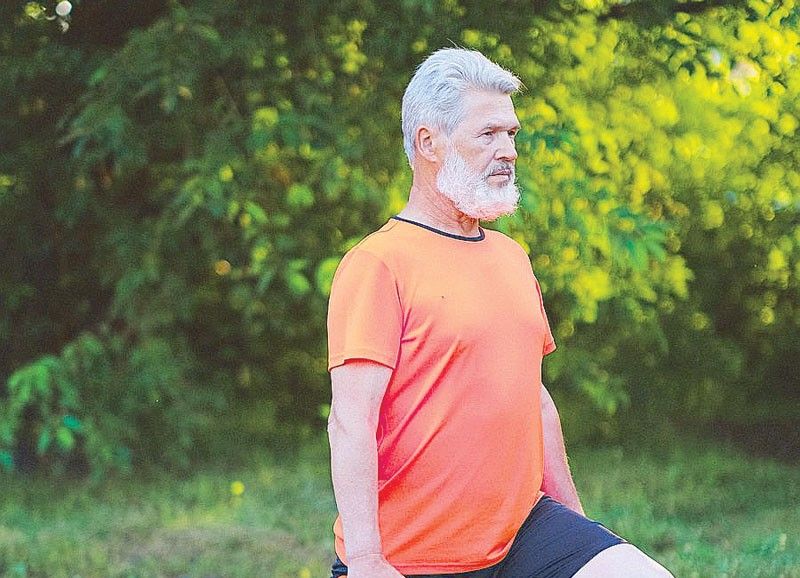Making a healthier aging resolution

Data from the Philippine Population Commission (POPCOM) shows that out of 40 percent of the Philippine population will be senior citizens by the year 2035. With a little over a decade to go, all signs point to the Philippines joining other aging countries around the world.
Through the years, many nations have reported declining birth rates and increased life expectancies among their populations. With people aging faster than ever before, higher life expectancies also elevate the risk of disease, disability, dementia, and other complications prior to death. These factors make it even more important for healthy aging to be established as an important component of public health.
The call for healthy aging
The World Health Organization (WHO) defines healthy aging as “the process of developing and maintaining the functional ability that enables well-being in older age.”
To help ensure healthy aging among the elderly members of the families and communities we belong to, there must be a holistic approach taken towards maintaining or improving their physical, social, emotional, and cognitive health.
Mobility and better muscle health
Many people worry about not being able to move when they get older. They fear not being able to travel far, stay physically active, or even carry out everyday tasks.
Mobility is the ability to move freely and easily, it is a key component of physical health. For senior citizens, staying mobile helps increase their overall quality of life. Aside from the physical fitness benefits of mobility such as balance and flexibility, better mobility can also improve a senior citizens’ mental health, and cognitive functions such as memory, hand-eye coordination, and strategic thinking.
Better mobility is closely linked to good muscle health, which is integral to the body’s strength and vitality. However, muscle mass can slowly disintegrate as we age.
After the age of 30, adults can lose three to five percent of their muscle mass per decade. From the age of 40, these figures can go up to around eight percent every 10 years. This is a serious problem, because the loss of muscle mass can affect a person’s mobility, strength and energy levels, immune system, and even bone strength.
What we feed our muscles is important
Proper nutrition can slow down and even prevent age-related loss of muscle mass. For senior citizens who are looking to stay mobile even in old age, both the quality and the quantity of food they consume can help preserve muscle mass and function. Physical activity focused on strength coupled with a high-protein diet, can be useful in the fight to minimize loss of muscle mass due to age.
Science has also made multiple advancements in adult nutrition — particularly in oral nutrition supplements. One significant breakthrough is the use of HMB (beta-hydroxy-beta-methylbutyrate), a naturally occurring compound that has been shown to preserve muscle mass in the elderly.
HMB is found in small amounts in some foods, but it is difficult to get an amount that significantly supports muscle health from food alone. According to findings from the SHIELD study by Abbott, Changi Hospital, and SingHealth Polyclinics, older adults who consumed an oral nutritional supplement containing HMB were clinically shown to have improved strength and significant boosts in physical function, nutritional status and health outcomes.
Make your muscle health count
As conversations on healthy aging continue to grow in the public health and adult nutrition spaces, it is imperative for us to also do what we can to ensure the seniors in our lives enjoy better overall health and vitality. The Society of Geriatric Medicine Singapore (SGMP) recently introduced the five-times sit-to-stand test, a simple mobility exercise which can be done at home. To do so, one simply needs to fold their arms across their chest and stand from a seated position five times. This test must be timed to determine how long it takes to complete the repetitions.
Tools like the Muscle Age Calculator can be used to determine one’s muscle age. By comparing sit-to-stand test times against the averages of biological age groups, this practice can help middle-aged and elderly Filipinos check if they are at risk of the loss of muscle mass in the long-term.
It’s possible for our loved ones to enjoy their senior years in the picture of health. By focusing on improving muscle health, we can help lay down the foundations for them to live healthier and fuller lives for the rest of their lives.
* * *
The author is APAC medical affairs director for Abbott’s nutrition business.



















